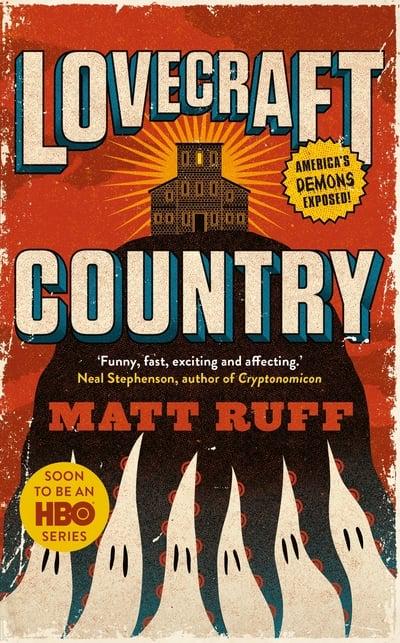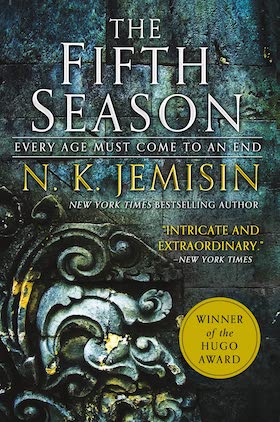The greatest sci-fi novels of all time cover a myriad of landscapes, characters, and stories. Below, we’ve rounded up the best examples.
While sci-fi is one of those genres that often get mixed up with apocalyptic and fantasy, the greatest sci-fi novels of all time have a common outstanding quality: they all deal with the impacts of science (real or otherwise) on greater society, often using incredibly creative world-building and characterisation techniques.
Having existed for centuries, blending reality, myth, and imagination, sci-fi novels began to gain rapid popularity in the mid-twentieth century after the rapid development of modern technology, “spurred on by ever more staggering scientific feats, from the development of nuclear energy and atomic bombs to the advent of space travel, human visits to the Moon, and the real possibility of cloning human life.” Below, we’ve collected a list of some of the best ones!
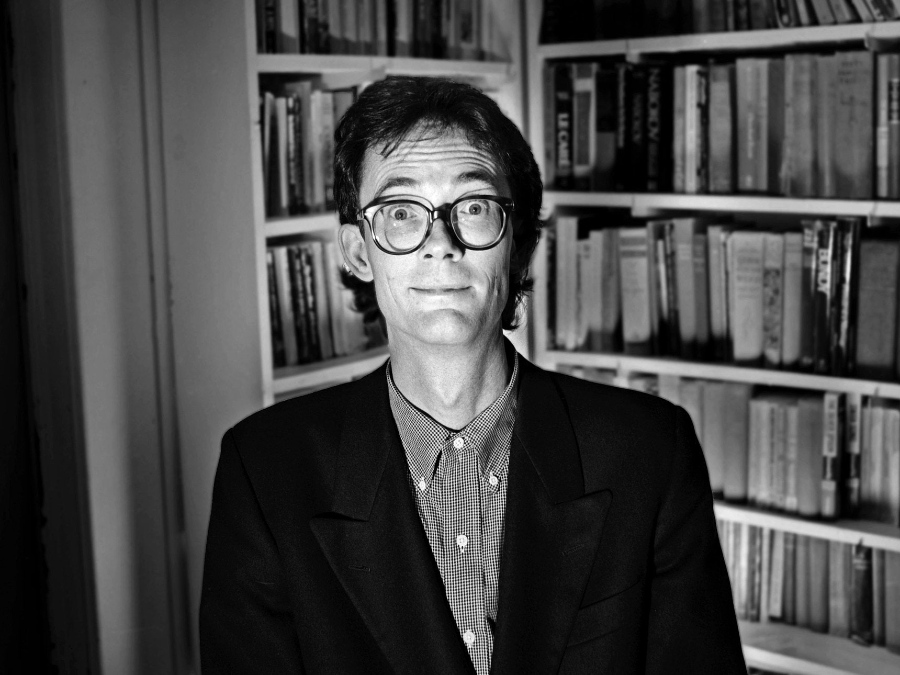
The Time Machine – H. G. Wells (1895)
One of the earliest examples of time travel, and sci-fi in general, The Time Machine follows a protagonist, The Time Traveller, who travels from Victorian England to A.D. 802,701, where they encounter a listless, communist society.
Exploring the degradation of society, utopian ideals, and the developments of class, H.G. Wells’ classic science fiction novel has been included in the anthology, The Science Fiction Hall of Fame, Volume Two, selected by the Science Fiction Writers of America and cementing its place as one of the greatest of its genre.
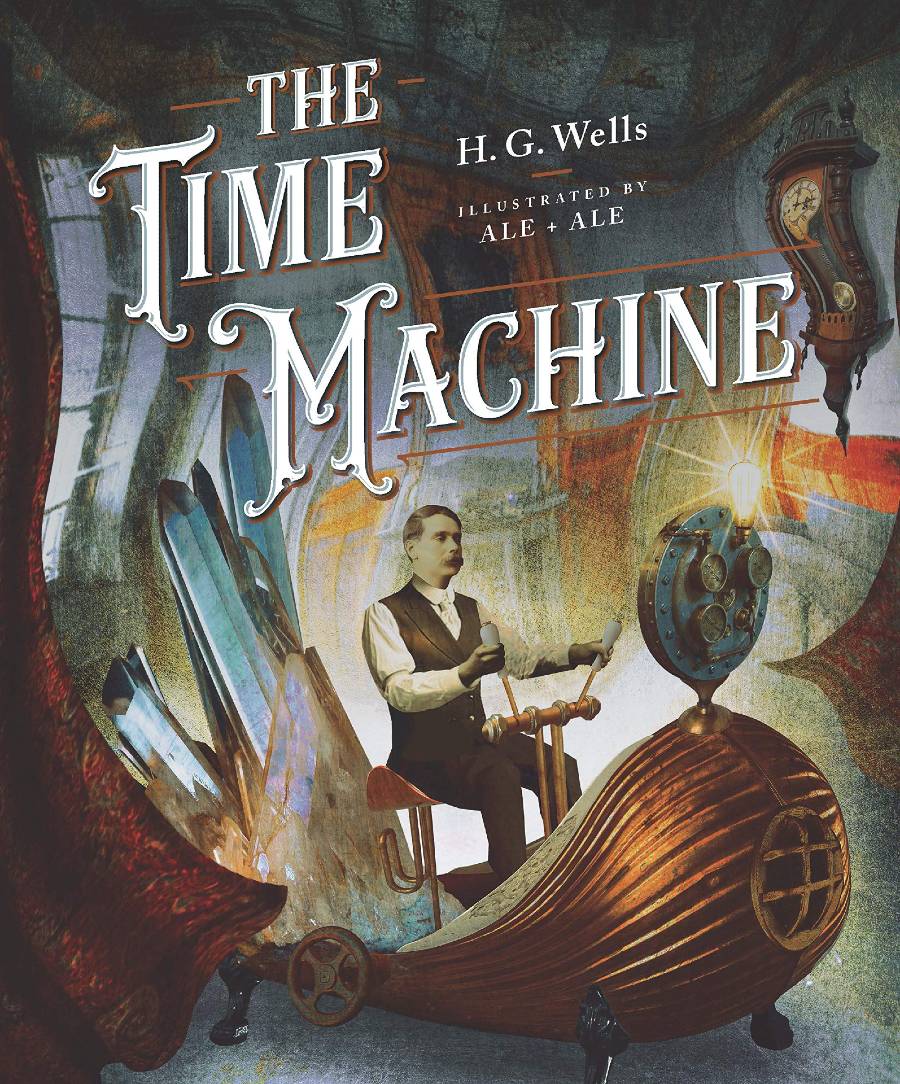
H.G.WELLS
THE TIME MACHINE
Brave New World – Aldous Huxley (1932)
Having been ranked in several “best novels of the 20th-century” lists, Brave New World is a landmark sci-fi novel. Set in the fictional World State city of London (AD 2540), it presents a world where society prioritizes science and efficiency over human emotion, autonomy, and individuality. In a place where people are born in artificial wombs, made to drink a happiness drug to stay peaceful, the protagonist, Bernard Marx, is an artist that becomes frustrated with the machinations of society and sets out on a mission to regain self-agency.
The novel, as reviewed by Margaret Atwood for The Guardian, was described as follows: “It was Huxley’s genius to present us to ourselves in all our ambiguity. Alone among the animals, we suffer from the future perfect tense… But thanks to our uniquely structured languages, human beings can imagine such enhanced states for themselves, though they can also question their own grandiose constructions. It’s these double-sided imaginative abilities that produce masterpieces of speculation such as Brave New World.”
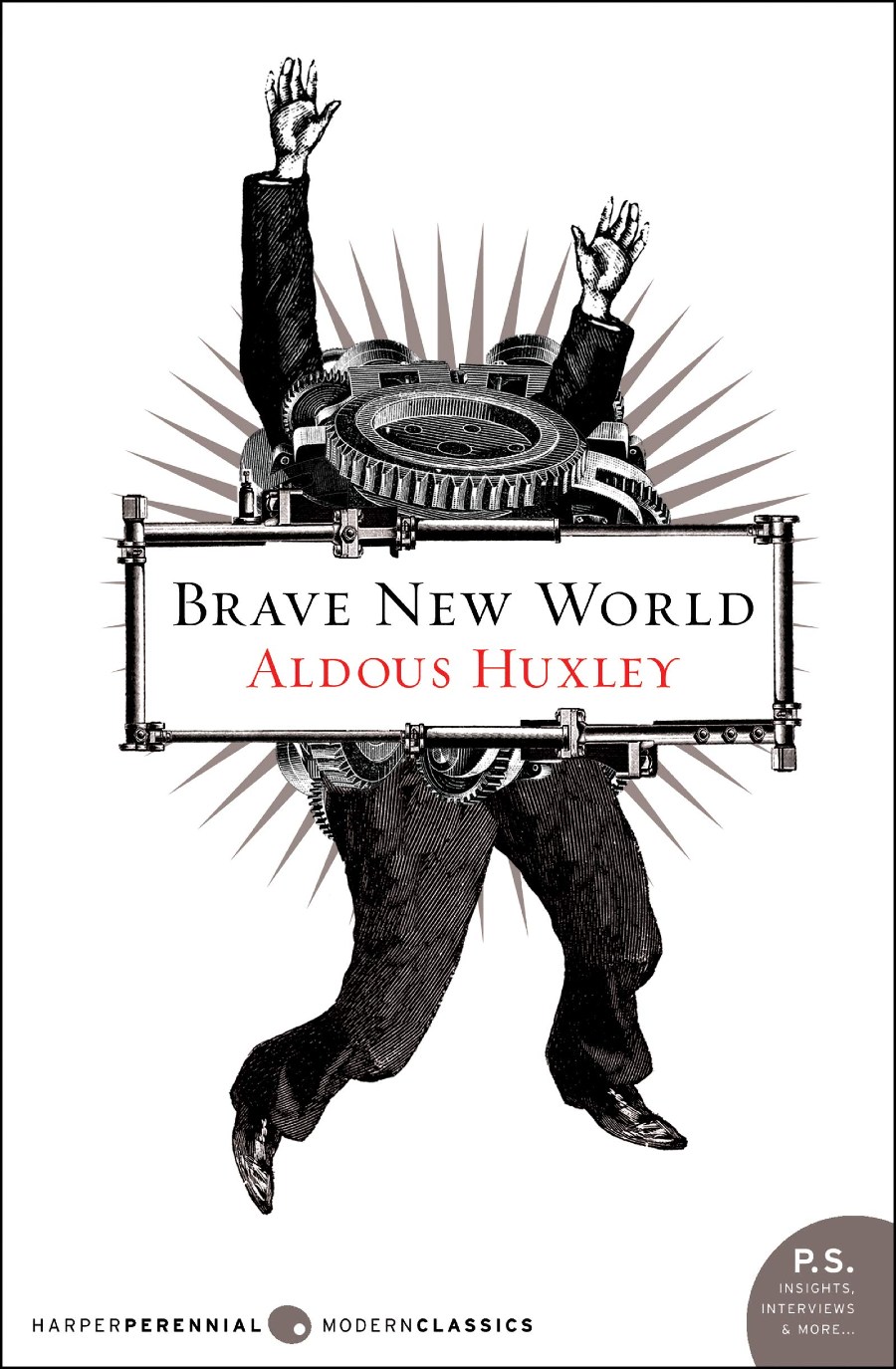
ALDOUS HUXLEY
BRAVE NEW WORLD
1984 – George Orwell (1949)
Easily one of the most famous examples of science fiction, George Orwell’s masterpiece has left a huge imprint on cultural history. Enduringly popular, 1984 follows the story of Winston Smith, a low ranking Party member, who begins to resist the omnipresent government surveillance, lack of free will, and truth in his society. Having coined phrases like “Big Brother” and “newspeak,” the vernacular of the sci-novel has entered the language of modern society, which is a huge feat in itself.
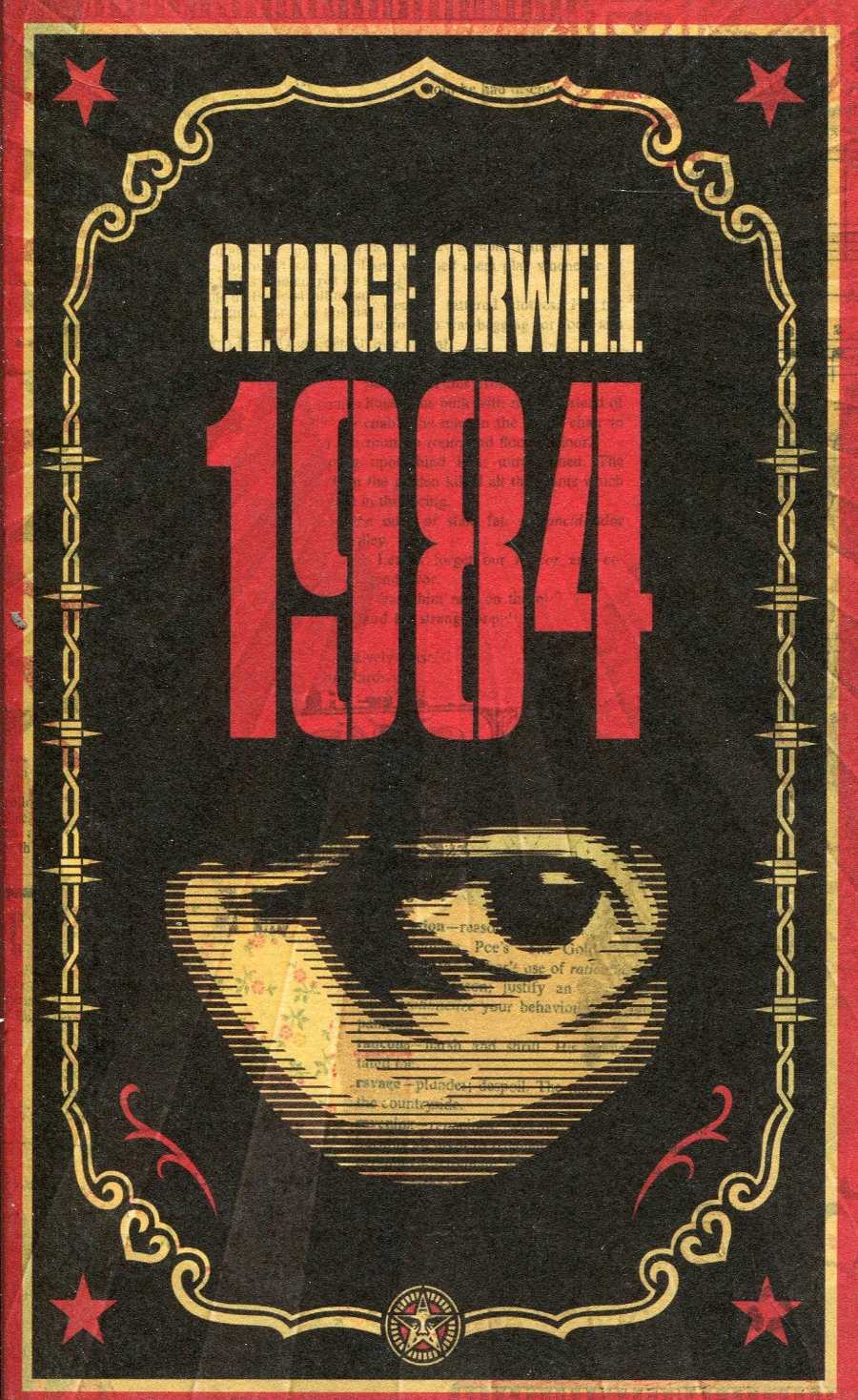
GEORGE ORWELL
1984
Solaris – Stanislaw Lem (1961)
Written by Polish writer Stanislaw Lem, Solaris follows Dr. Kris Kelvin, a psychologist who is part of a team studying the planet Solaris. The novel details the crew’s attempts to communicate with extraterrestrial life and engages in philosophical questions about humanism, morality, and existentialism.
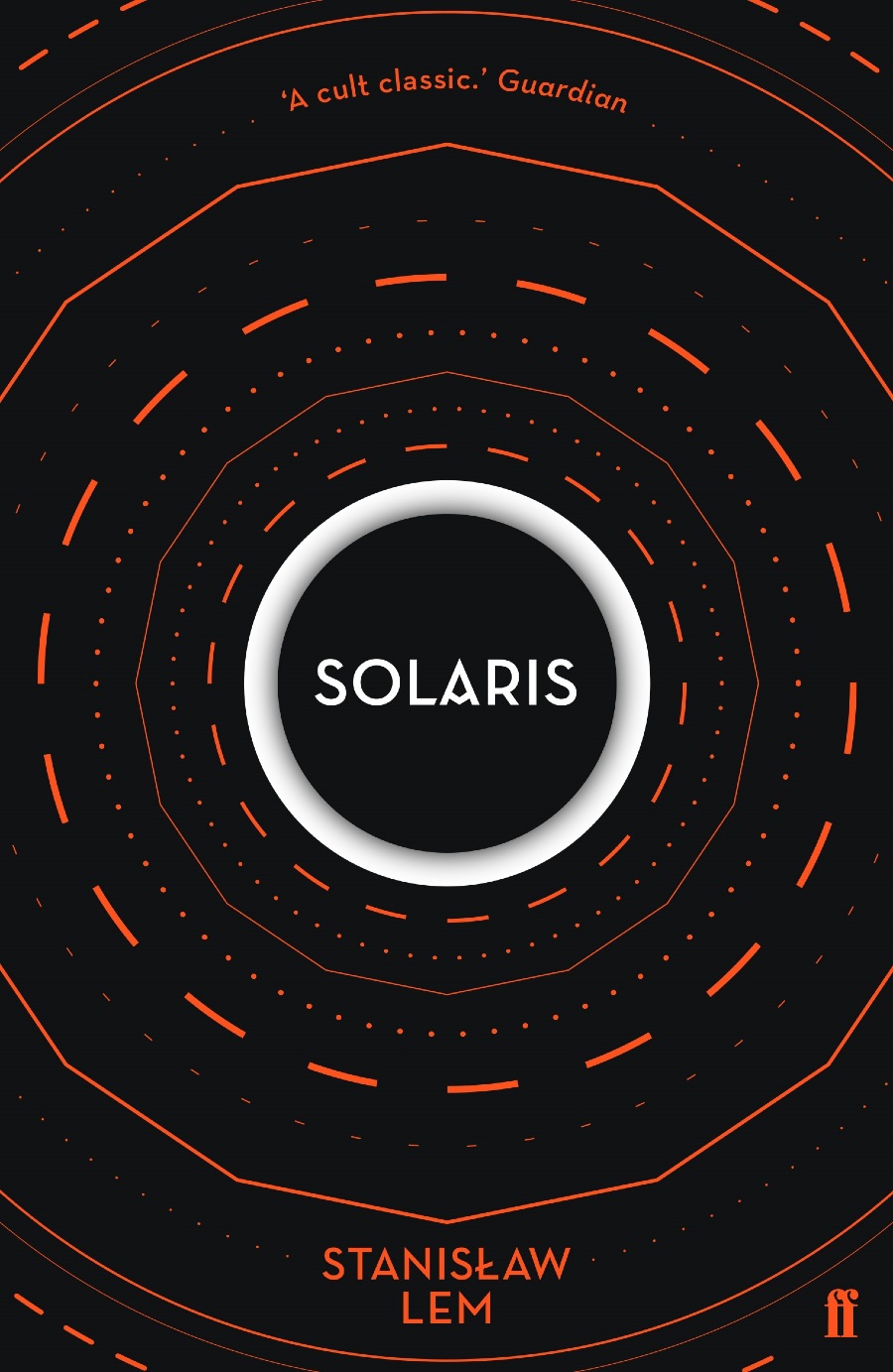
STANISLAW LEM
SOLARIS
Dune – Frank Herbert (1965)
Now that Dune: Part Two (2024) is out and a third film, Dune: Messiah, is confirmed, Frank Herbert’s sci-fi epic has never been more iconic. The saga follows Paul Atreides through interplanetary intrigue, war, and prophecy, blending rich world-building with themes of ecology, power, and destiny. A masterpiece since 1965, Dune has captivated generations—and Denis Villeneuve’s films have reignited its legacy, drawing both devoted fans and newcomers into its sweeping, sand-swept universe.
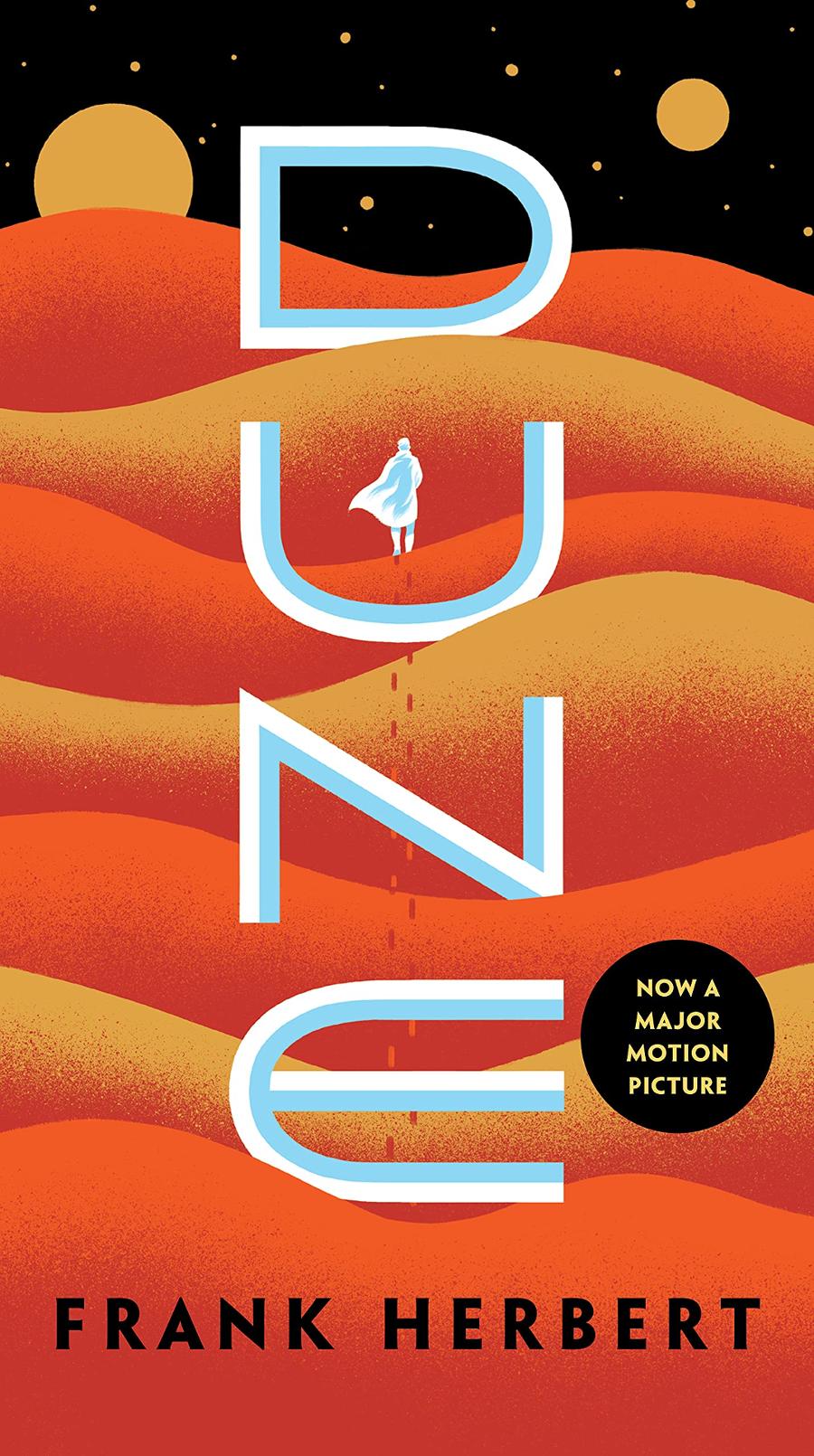
FRANK HERBERT
DUNE
DUNE is the #1 bestselling paperback on Amazon!https://t.co/yKMeX4P9JI
But wait, there’s more!
The movie tie-in edition of DUNE is also the #1 bestselling ebook on Amazon!https://t.co/gG6ZuCwXX2 pic.twitter.com/ZHCDhjT1mg
— Brian Herbert (@DuneAuthor) October 26, 2021
The Moon is a Harsh Mistress, by Robert Heinlein (1966)
The Moon is a Harsh Mistress details life on a prison colony on the Moon, where its inhabitants stage a revolt against their Earth-bound masters.

ROBERT. A. HEINLEIN
THE MOON IS A HARSH MISTRESS
Dhalgren – Samuel R. Delany (1975)
Within the sci-fi community, Samuel R. Delany’s Dhalgren has experienced divisive criticism, with some praising it as some of the best work of the genre, and others claiming it’s one of the most disappointing. Nevertheless, Dhalgren has enjoyed commercial success and is filled with lush descriptions of the hellish Bellona, a city in the American mid-west, that’s cut off from the rest of the world. Seen through the eyes of “The Kid,” the nameless protagonist who suffers from amnesia, the sci-fi novel delves into themes of reality, mythology, the destruction of society, and language.
As reviewed in The Paris Review: “Ernest Newboy, states midway through the novel: “There’s no reason why all art should appeal to all people.” Dhalgren isn’t for everyone. Delany’s formal and linguistic experimentations are a bumpy road to follow. It’s not a very comforting book, and, of course, it’s not a comforting time to be traveling either. In hindsight, Dhalgren probably isn’t the book I should be reading during the plague, but it might be the book that I deserve.”
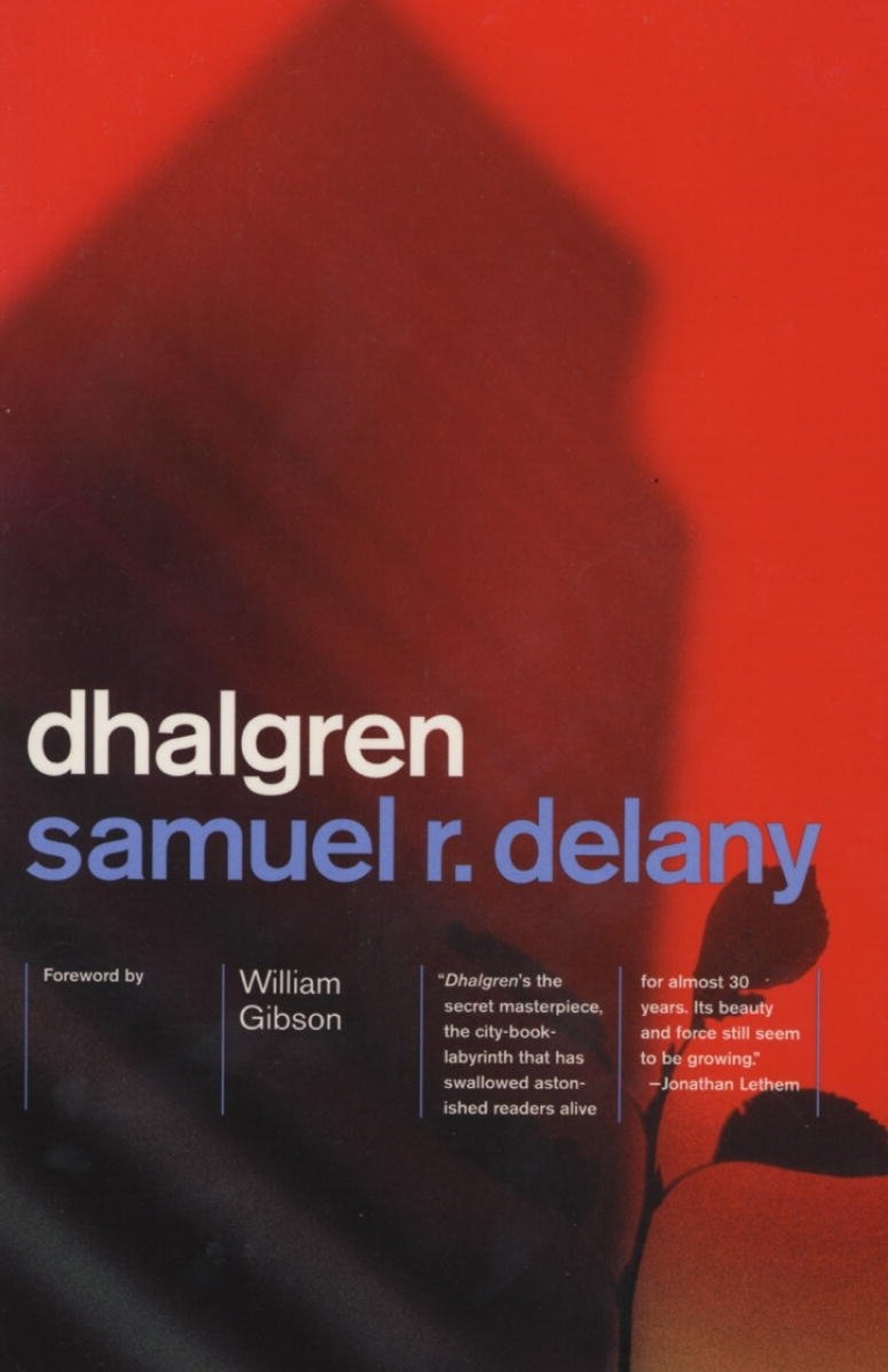
SAMUEL R. DELANY
DAHLGREN
Kindred – Octavia E. Butler (1979)
An influential work of Afrofuturism that combines slave memoir, fantasy, and historical fiction, Kindred follows Dana, a 26-year-old African-American woman who is transported through time into Antebellum Maryland.
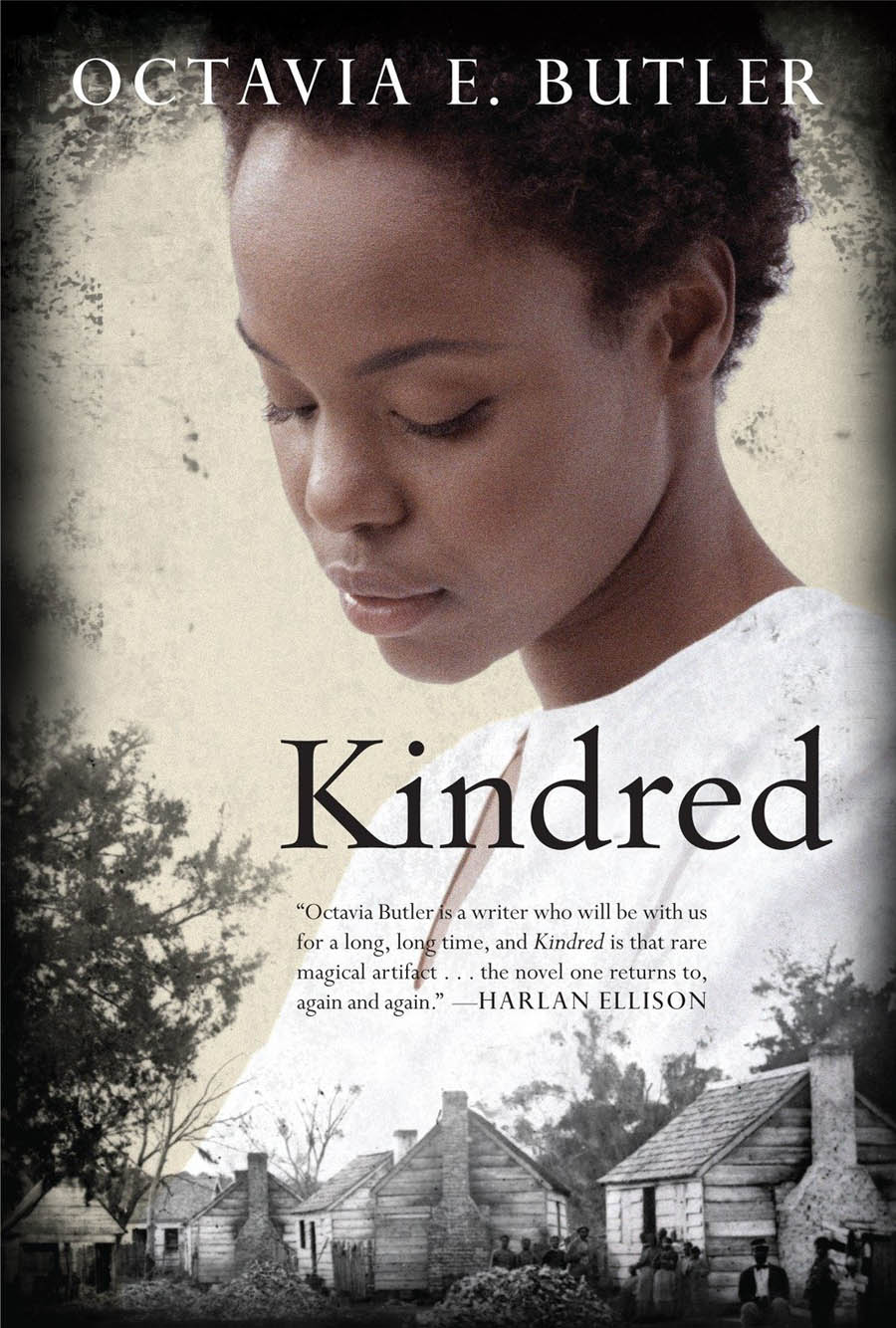
OCTAVIA E. BUTLER
KINDRED
Neuromancer – William Gibson (1984)
One of the greatest works of cyberpunk fiction, Neuromancer follows a group of rapacious criminals in the undated future, who team up to perform cyberspace espionage on the Matrix — a term that encompasses the artificial intelligence systems and virtual data pathways in William Gibson’s world. If the premise sounds familiar, it’s because the sci-novel had a huge influence on the Wachowski’s The Matrix.
It’s interesting to note that while Gibson was writing the novel, our concept of technology, AI, and the internet didn’t exist — making the novel, not just an awesome exercise in creativity, but also one of the most eerily prophetic, greatest sci-fi novels of all time.
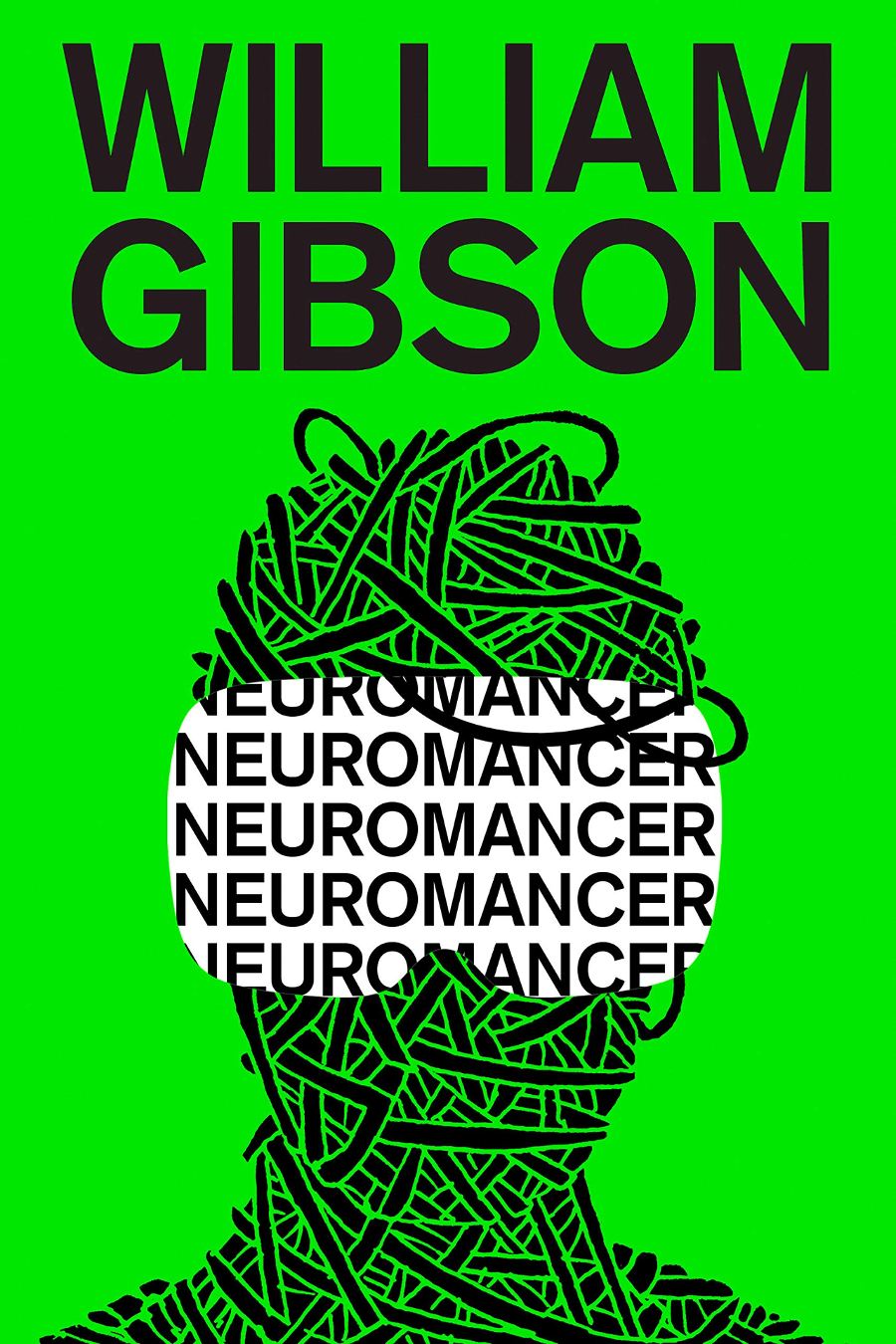
WILLIAM GIBSON
NEUROMANCER
Dawn – Octavia E. Butler (1987)
The first in Octavia E. Butler’s Xenogenesis trilogy, Dawn tells the tale of Lilith Iyapo. With the unknown aid of intergalactic creatures, the Oankali, Lilith wakes up centuries after surviving the final stage of the nuclear holocaust on Earth. As she wakes up, the Oankali begin a journey back to Lilith’s home planet and the colonization of an Earth she can no longer recognize, begins. An examination of what it means to be human, Dawn is a richly complex novel by one of the greatest sci-fi novelists of our time.
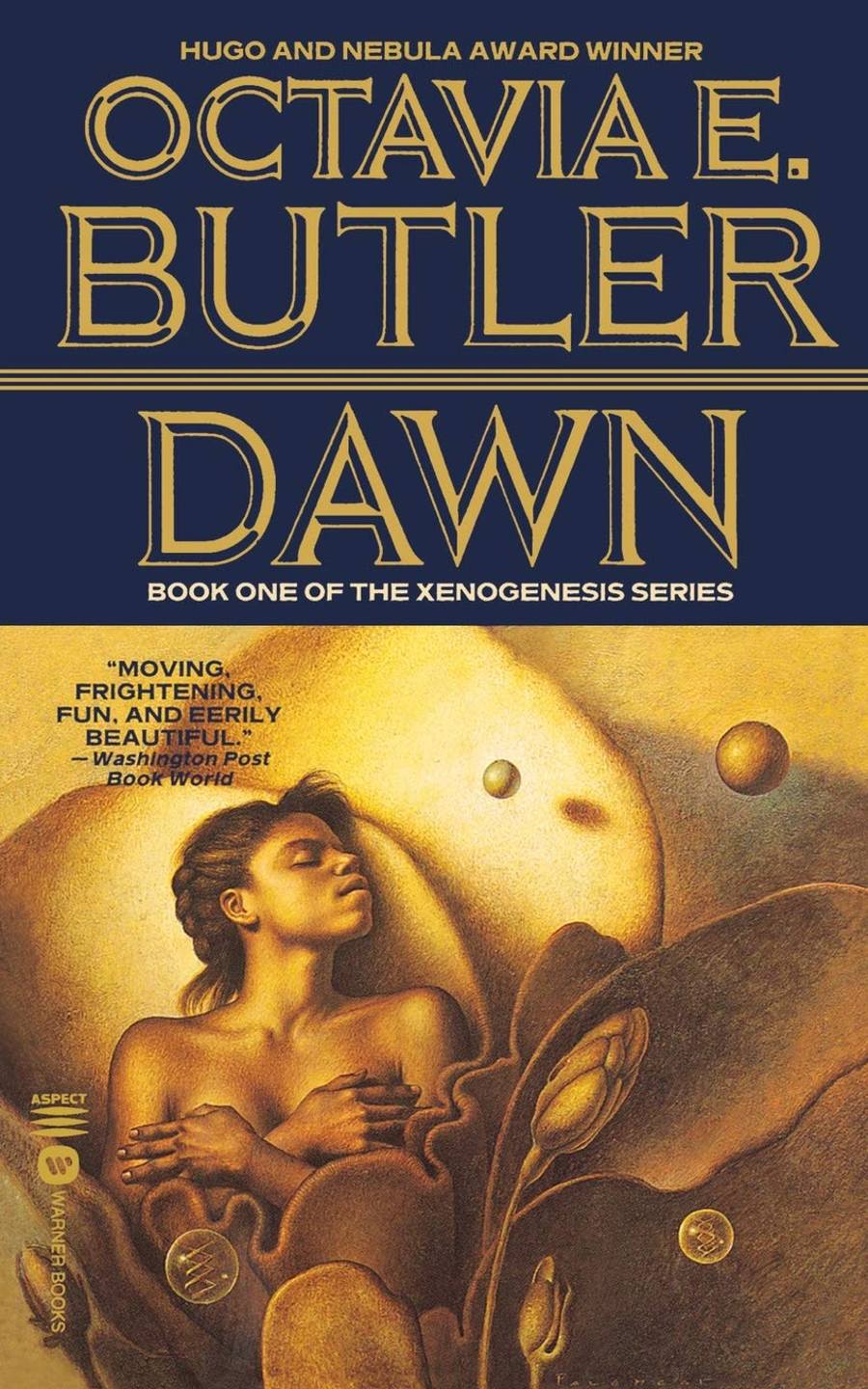
OCTAVIA E. BUTLER
DAWN
Vurt – Jeff Noon (1993)
Vurt is set in an alternate version of Manchester, England, where society has been reconstructed by the use of “Vurt,” a hallucinogenic drug that gives the effect of a shared alternate reality. Following the main character Scribble and his crew of sidekicks, the novel details his trippy search for his missing sister, Desdemona.
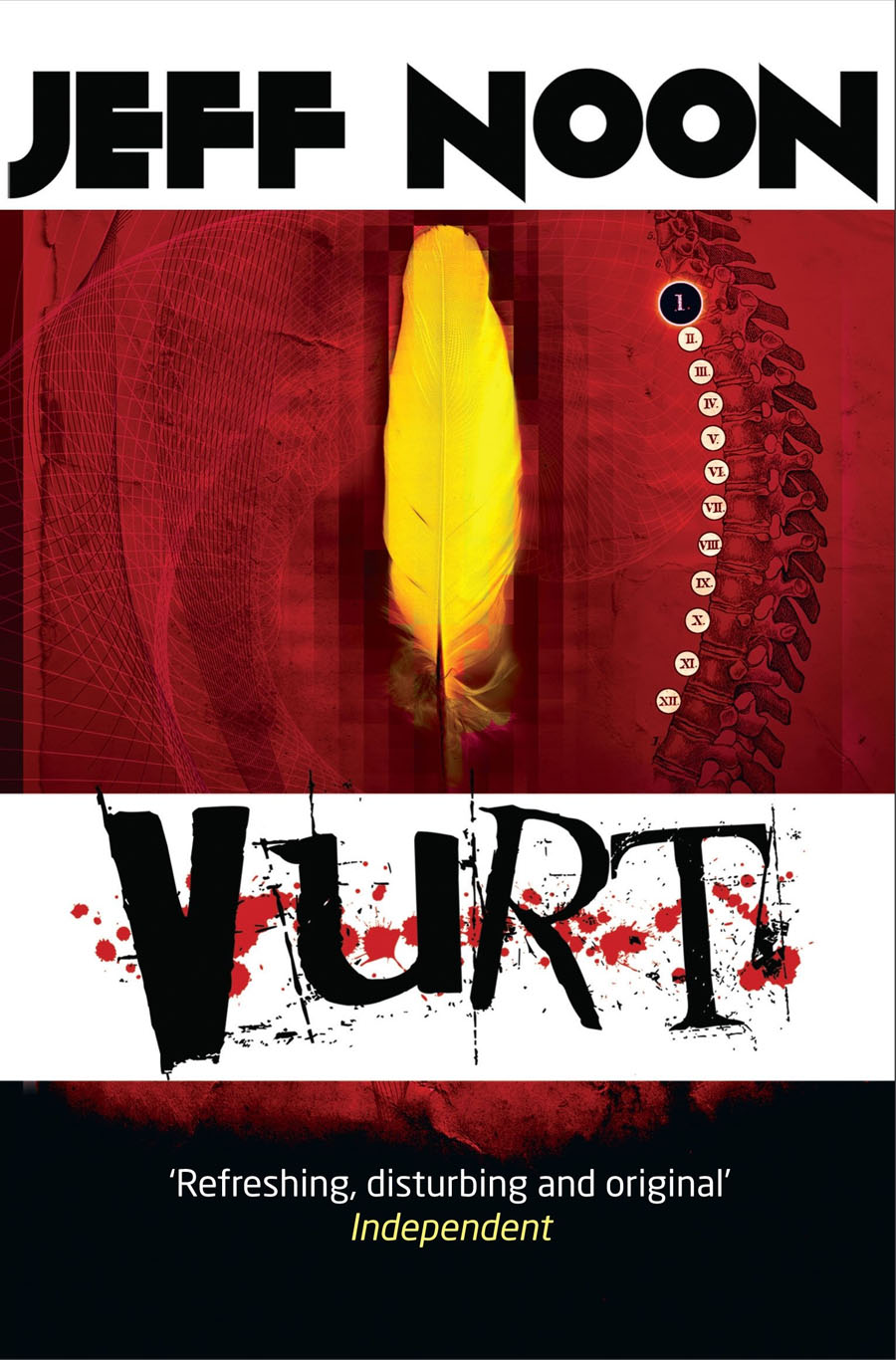
JEFF NOON
VURT
Cryptonomicon – Neal Stephenson (1999)
Cryptonomicon alternates between two character plots and settings: Allied codebreakers in WWII, and data harvesters from the late ’90s. Neal Stephenson has described his inspiration as “It occurr[ing] to [him] that an interesting novel might be written about a hypothetical, top-secret military unit whose purpose was to run around the fringes of the war planting fake evidence intended to throw the Nazis off the scent [of Allied soldiers breaking the Engima Code].”
While there is a lot of debate over Neal Stephenson books ranked best to worst in order, that list is for another day. The one and only place to start with a Stephenson novel, is this one.
Cryptonomicon uses lots of technical data language, it’s been widely praised for its cyber-thriller plot lines and deft navigation between its complex narrative structures.
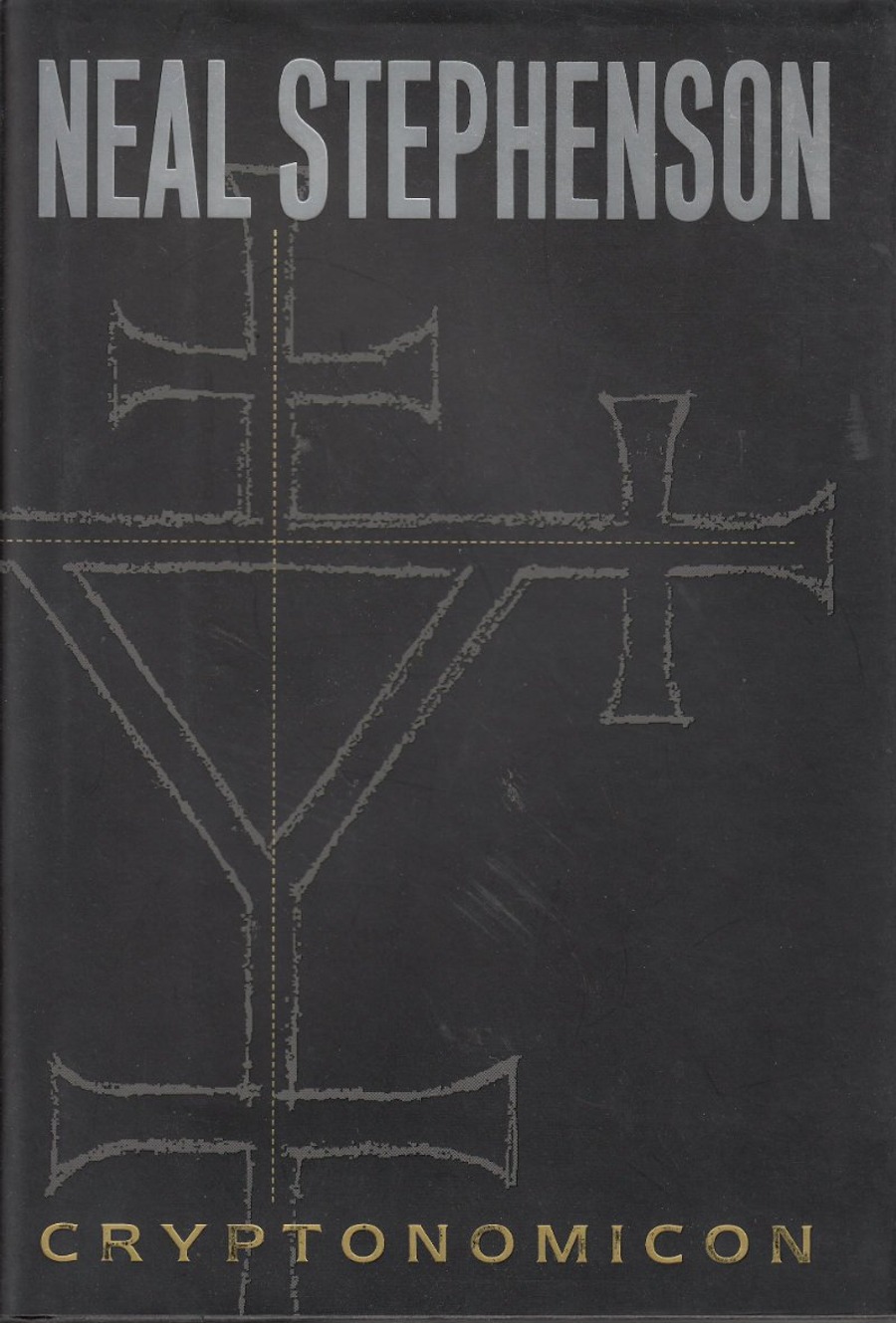
NEAL STEPHENSON
CRYPTONOMICON
Never Let Me Go – Kazuo Ishiguro (2005)
Described as a “parable of mortality,” Never Let Me Go is one of Kazuo Ishiguro’s most popular novels. Set in an alternate reality of England in the ’90s, the sci-fi novel constructs a world where individuals are cloned and then used for organ harvesting. Detailing the life of Kathy H, and her friends Tommy and Ruth, Never Let Me Go follows the characters from childhood to adulthood as they prepare to face the realities of their fate.
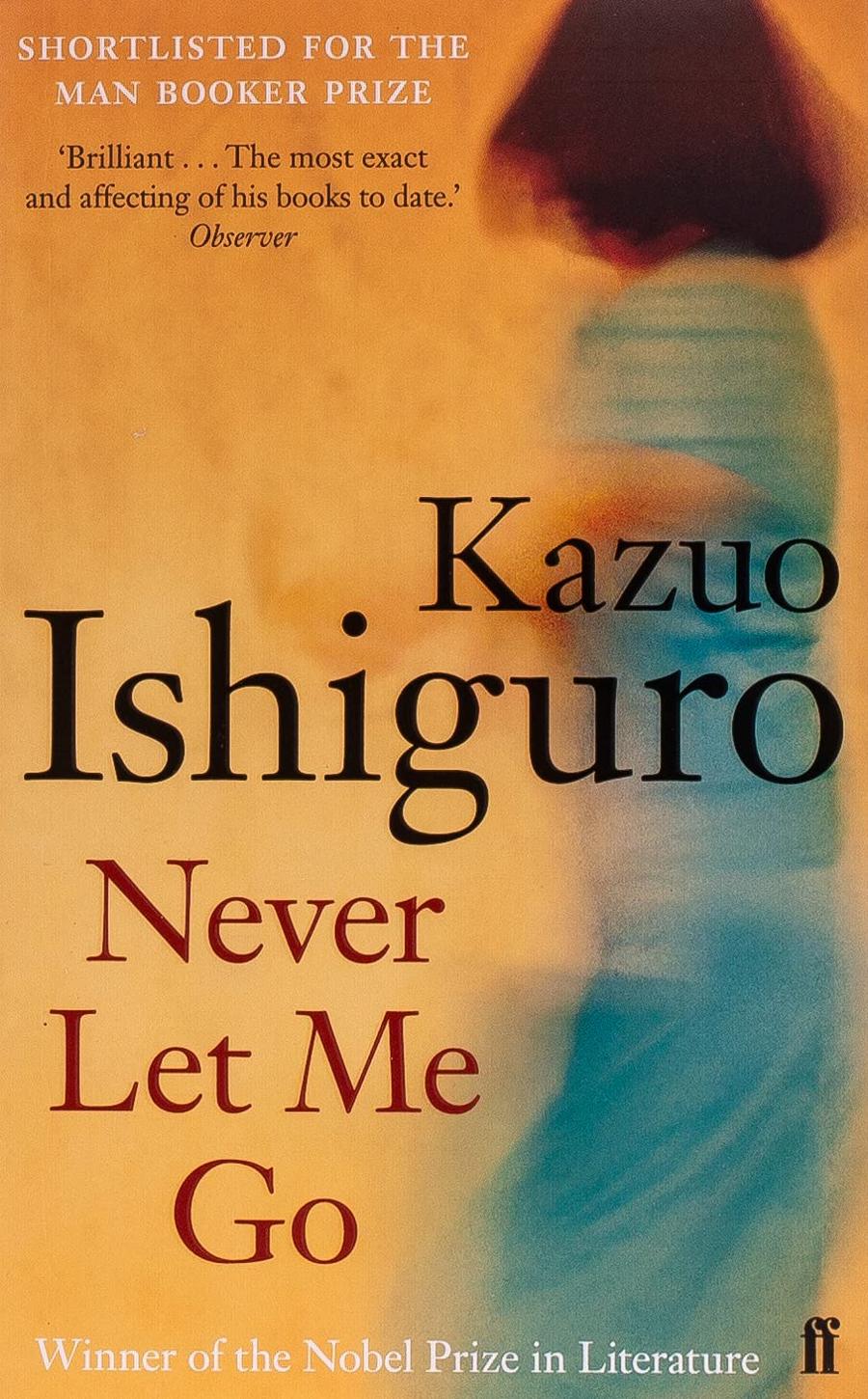
KAZUO ISHIGURO
NEVER LET ME GO
Never Let Me Go–Kazuo Ishiguro
One of the best novels I ever read. A dystopian science fiction story that reads like realism. A story of love, friendship and memory as the characters, a group of students in a warped contemporary England, come to terms with their own identities. pic.twitter.com/rclkgTlDEm
— Uni of Liverpool Library (@LivUniLibrary) April 23, 2020
The Martian – Andy Weir (2011)
Most famously known for the 2014 film adaptation starring Matt Damon, The Martian is a brilliant novel in its own right. It follows the story of Mark Watney, an astronaut who gets left behind on Mars. Forced to reckon with the reality of being trapped on another planet, the sci-fi novel follows Mark’s journey to survive, as a determined NASA team fights to bring him home.
The novel’s been described by The Wall Street Journal as “a celebration of human ingenuity [and] the purest example of real-science sci-fi for many years…utterly compelling.”
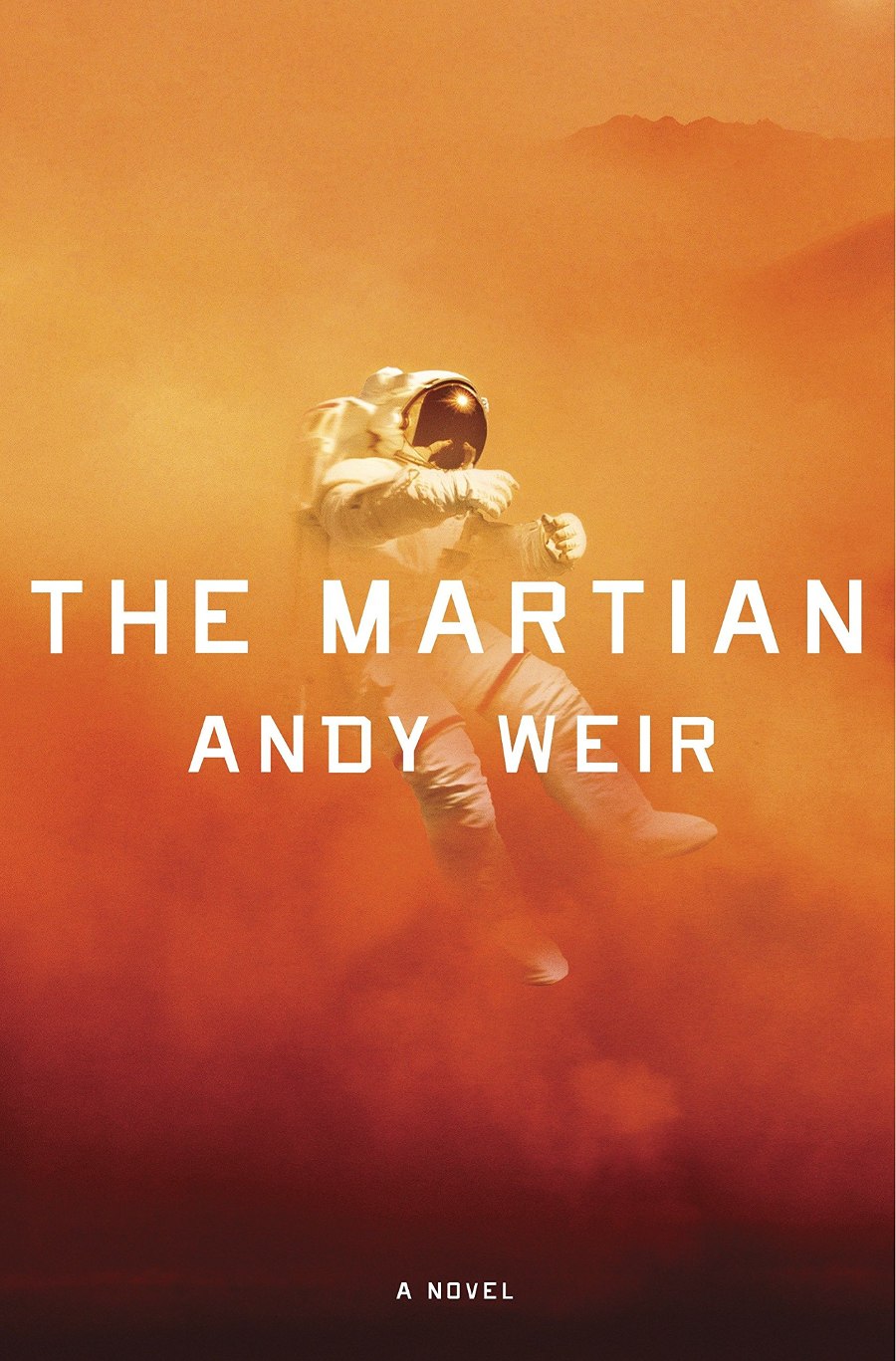
KAZUO ISHIGURO
NEVER LET ME GO
The Fifth Season – N. K. Jemisin (2015)
The Power – Naomi Alderman (2016)
An inversion of Margaret Atwood’s The Handmaid’s Tale, Naomi Alderman’s The Power depicts a society where women have become the dominant sex in society, due to their newly discovered electrokinesis.
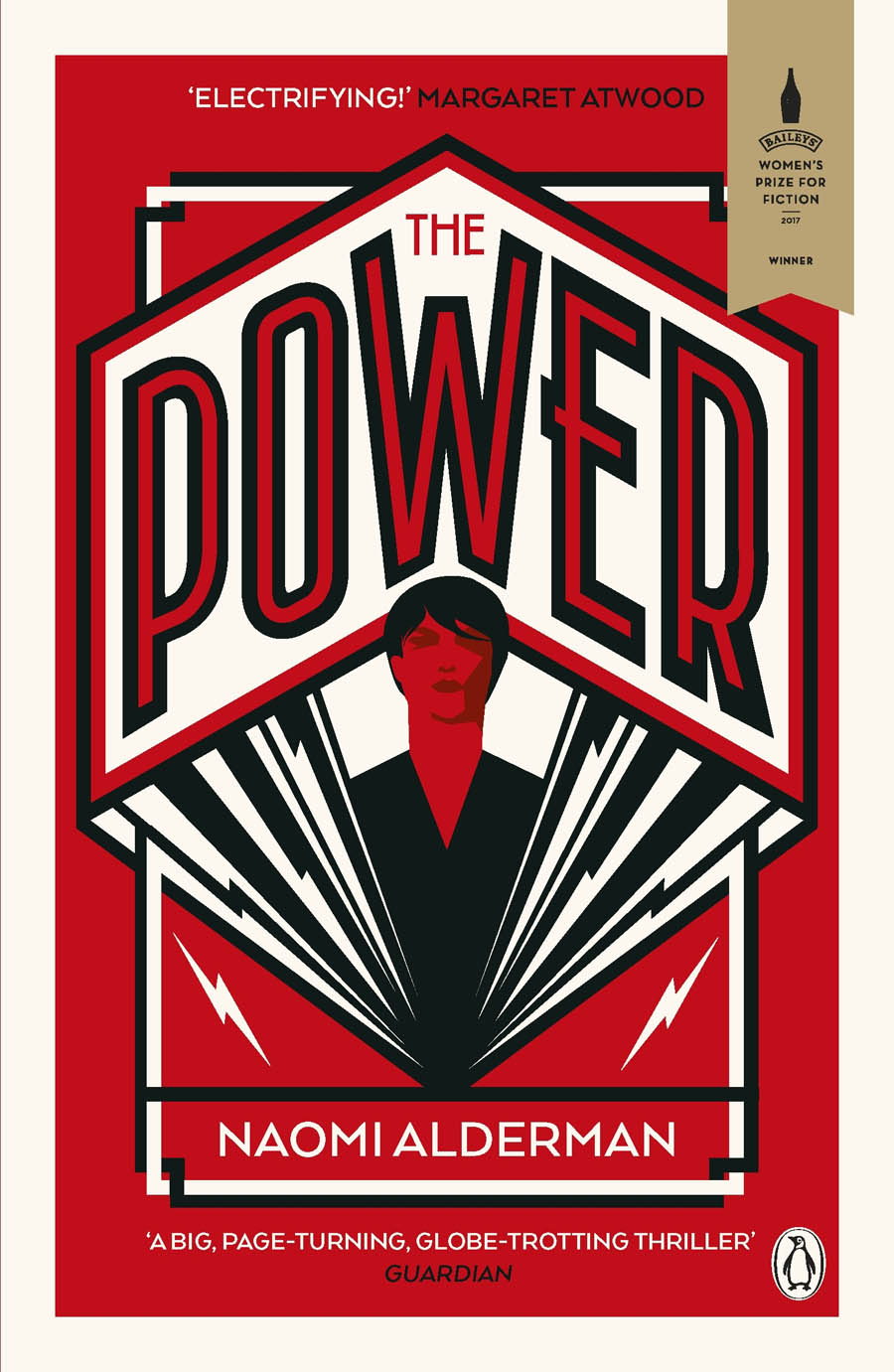
NAOMI ALDERMAN
THE POWER
Lovecraft County – Matt Ruff (2016)
An imaginative mix of magic, power, and freedom that stretches across time. Following the members of two Black families, Matt Ruff’s sci-fi horror is a cataclysmic thrilling fantastical ride that shines a light on racism, and the terrifying presence that lingers today.
